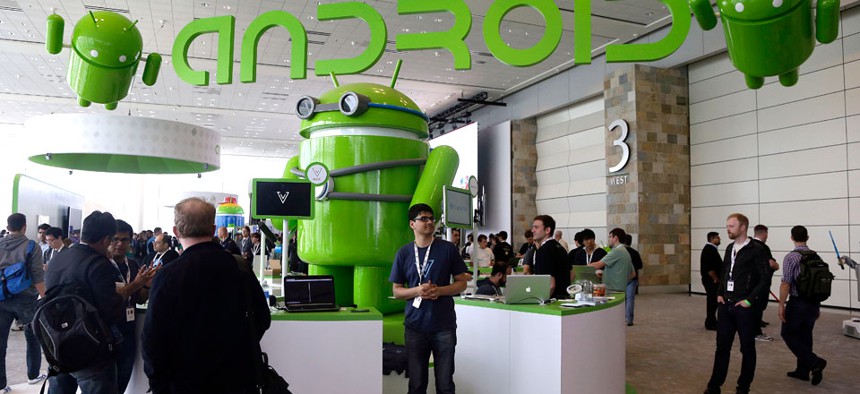Here Are the 11,868 Devices—and Counting—That Every Android App Has to Work on

Jeff Chiu/AP
iPhone’s universe is much more unified than compared to Android's.
If you’ve ever compared an iPhone or iPad with a phone or tablet that runs Google’s Android, you may have noticed that the Apple gadget just seems to run more… well, smoothly. At Apple’s annual gathering of developers in San Francisco last month, Apple CEO Tim Cook gleefully displayed a pair of pie charts that explain why.
These show how much more unified iPhone’s universe is compared to Android’s. More than nine in ten iPhone users have the latest version of Apple’s mobile operating system, iOS 6. By contrast, three different versions of Android make up a comparable proportion. The single most prevalent version, Gingerbread (or v2.3), which is several versions behind the latest one, is used by only 37% of Android devices.
This, Apple users claim, is proof of the superiority of iOS over Android. Because only Apple makes iOS devices and constantly pushes their owners to update to the latest version of iOS, developers can easily create apps that work perfectly on every device.
NEXT STORY: NASA's fall from the cloud frontier


